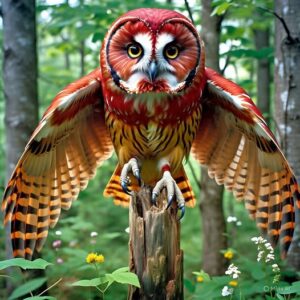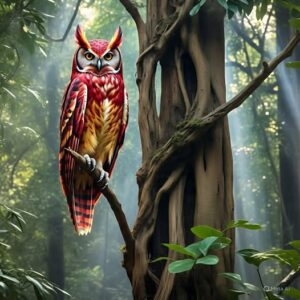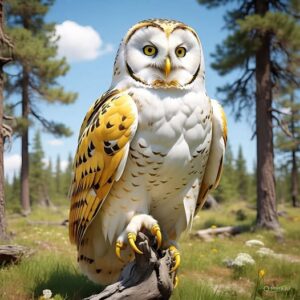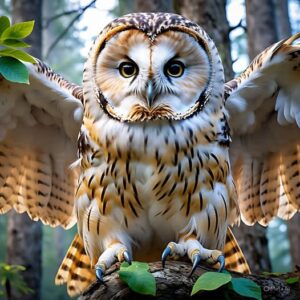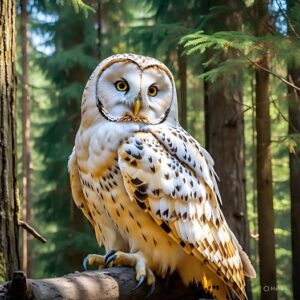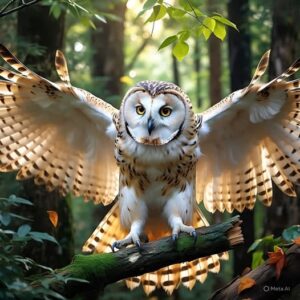Owls are some of the most fascinating and mysterious birds in the animal kingdom. Known for their silent flight, piercing eyes, and haunting calls, these nocturnal hunters have captivated human imagination for centuries. Found on every continent except Antarctica, owls come in over 200 different species, ranging from the tiny Elf Owl to the powerful Eurasian Eagle-Owl.
One of the most iconic species is the Barn Owl (Tyto alba), recognized for its heart-shaped face, white and golden plumage, and dark, soulful eyes. The unique structure of the Barn Owl’s face acts like a satellite dish, channeling sound toward its ears to detect the faintest movement of prey—often small mammals like mice and voles—even in complete darkness.
Owls are specially adapted for hunting at night. Their eyes are extremely large relative to their heads, allowing them to capture more light. Unlike most birds, owls have forward-facing eyes, giving them binocular vision and excellent depth perception. However, because their eyes are fixed in their sockets, they must turn their entire head to look around. This is where their flexible necks come into play—they can rotate their heads up to 270 degrees!
Culturally, owls are symbols of wisdom and knowledge in many societies, but in others, they are seen as omens or mystical beings. This duality stems from their eerie calls, ghostly appearances, and elusive behaviors.
Despite their mystical allure, many owl species face threats due to habitat destruction, climate change, and human encroachment. Conservation efforts are vital to preserving these extraordinary birds and their ecosystems.
Whether glimpsed in a quiet forest or heard calling through the night, owls continue to inspire awe and curiosity. They are not just masters of the night but also vital players in the balance of nature.
